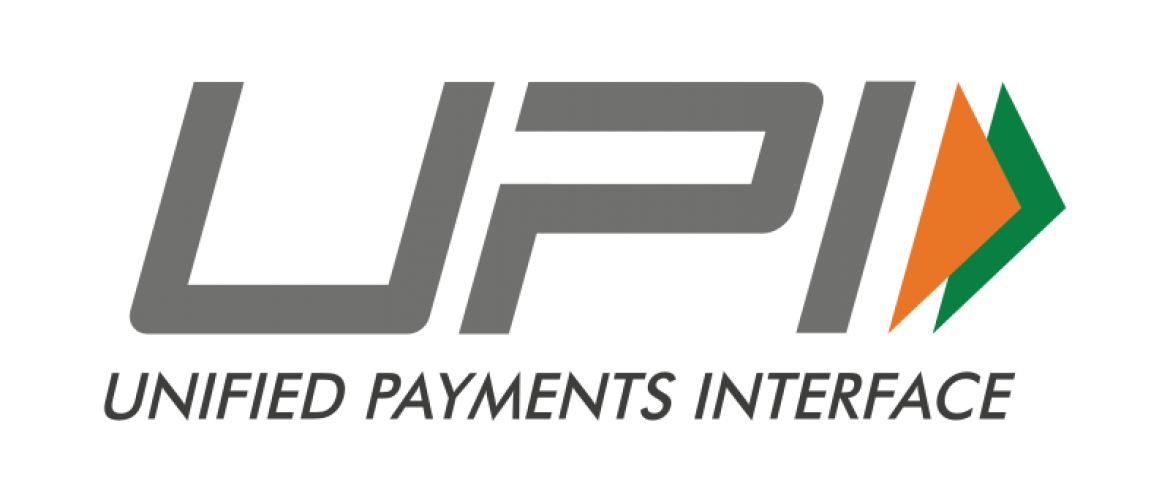UPI decline in May 2019
June 4, 2019 | Expert Insights

Background
Unified Payments Interface (UPI) is an instant real-time payment system developed by National Payments Corporation of India facilitating inter-bank transactions. The pilot system was launched in India on April 11, 2016. Banks across the country started to upload their interface in August 2016.
The interface is regulated by the Reserve Bank of India and works by instantly transferring funds between two bank accounts on a mobile platform. It eliminates the need to enter bank details or other sensitive information each time a customer initiates a transaction. The system is said to be a safe and secure method of transferring money between two parties and eliminates the need to transact with physical cash or through a bank.
According to NPCI, 134 banks were using the interface as of February 2019.
Analysis
The latest data released by the National Payments Corporation of India (NPCI) shows that the number of Unified Payment Interface (UPI) transactions has fallen to 733.54 million in May 2019 from 781.79 million in the previous month, but their value shot up 7 per cent in the same period.
Although digital transactions tend to fluctuate every month, UPI has seen consistent growth in the past year. The Aadhaar-enabled payment system (AePS) has seen a dip both in terms of transaction count and value in the current fiscal. As per NPCI data, the number of AePS transactions has dropped from close to 198 million in April to 192.11 million in May while the value has slid 1.3 per cent to Rs 9228.59 crore last month.
“In case of smaller banks across the country and regional rural banks, the UPI adoption is still happening in a big way and hence we have been witnessing growth in both volumes and value," Mandar Agashe, Founder and Vice Chairman of payments solution provider Sarvatra Technologies said. “The existing user base of customers is now opting for higher value and more frequent transactions, instead of smaller value transactions."
UPI gained momentum after Prime Minister Narendra Modi launched the UPI-based, Bharat Interface for Money (BHIM) app, in December 2016, soon after he announced the massive exercise to scrap ₹500 and ₹1,000 notes in November 2016. The growing popularity of UPI can be attributed to its simple, safe, cost-effective and mobile-based payment system. Companies such as Paytm, PhonePe, MobiKwik and GooglePay, along with 144 banks, also offer payments via UPI, which surpassed mobile wallet payments in terms of volume of transactions as well as value.
The government has written to banks highlighting their dismal performance in deploying point of sales (PoS) terminals to promote cashless transactions, having achieved only 44% of last year’s target by the end of January. While 41% of the target was attained in the northeast, in the rural areas it was worse at 16%, a key official in the Ministry of Electronics and Information Technology (MeitY) said in a letter addressed to top executives of banks. “Digital payments continue to be primarily an urban phenomenon even now. Though a few players have made inroads in the hinterland through QR codes, the percolation to tier-III and IV locations has been very slow,” said Bhavik Hathi, MD at consultancy firm Alvarez and Marsal.
Assessment
Our assessment is that UPI’s use has mostly been restricted to urban India and smartphone users, as it depends on an internet connection. We feel that internet penetration in India has to expand and digital payments have to be popularized. We feel that the lack of financial literacy, high cost of banking services and excessive regulatory requirements are a few of the key constraints in the growth of the industry.
The Vision 2021 emphasises on innovation, cybersecurity, financial inclusion, customer protection and competition. To further strengthen the confidence in the payment systems and minimise instances of frauds, there is a need to monitor the types of frauds that may be taking place in various payment systems. Fraud related data for payment systems can be used analytically for differentiating fraudulent and legitimate transactions; oversight and supervision, and also for providing guidelines to entities for minimising risks of similar frauds. This would also help in improving resilience and trust in the system.
We feel that there is a need for a separate regulatory framework for examining the outsourcing arrangements by non-bank payment service providers. Such a framework would consider the risks associated with data access, confidentiality, integrity, sovereignty, recoverability, regulatory compliance and auditing.








Comments